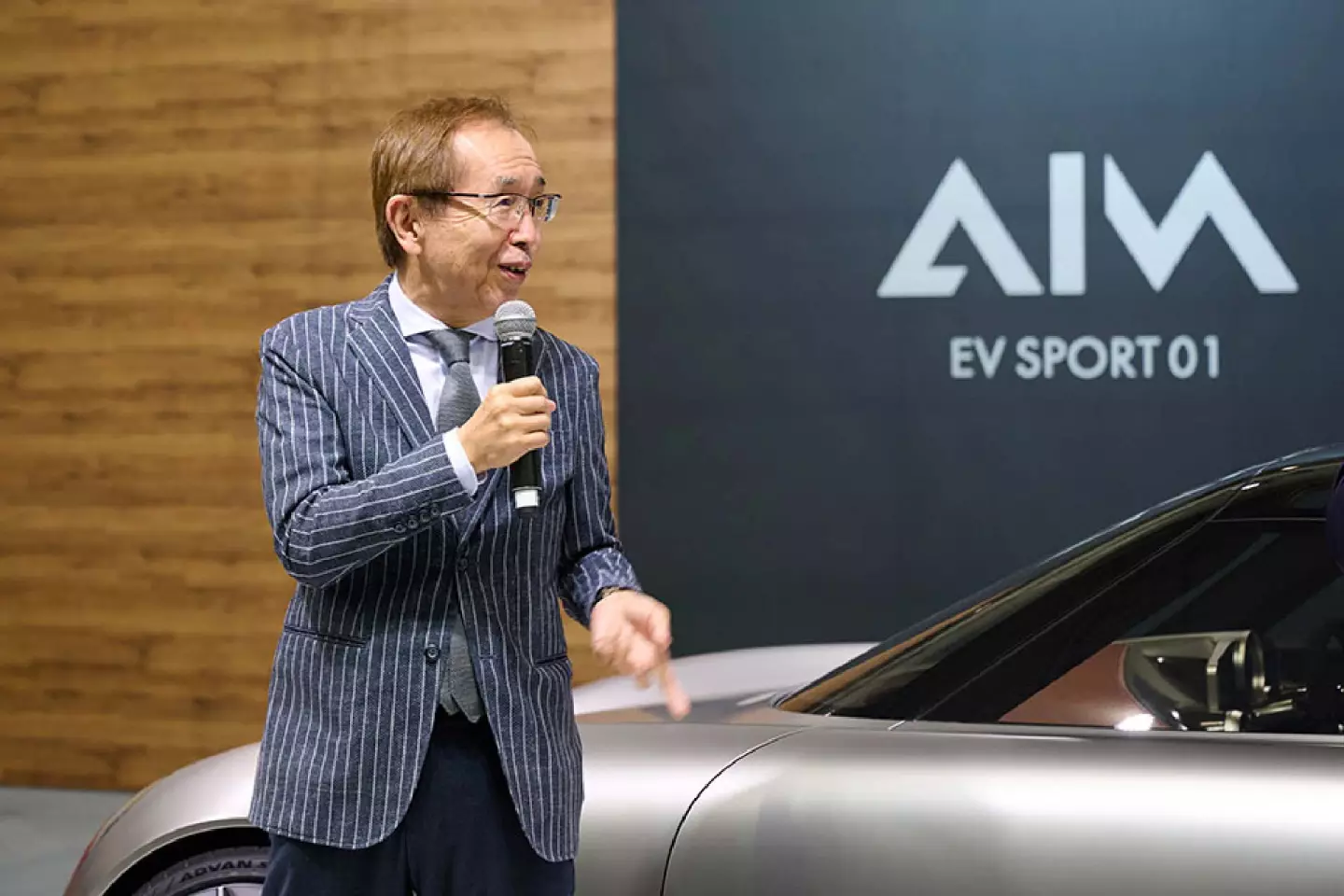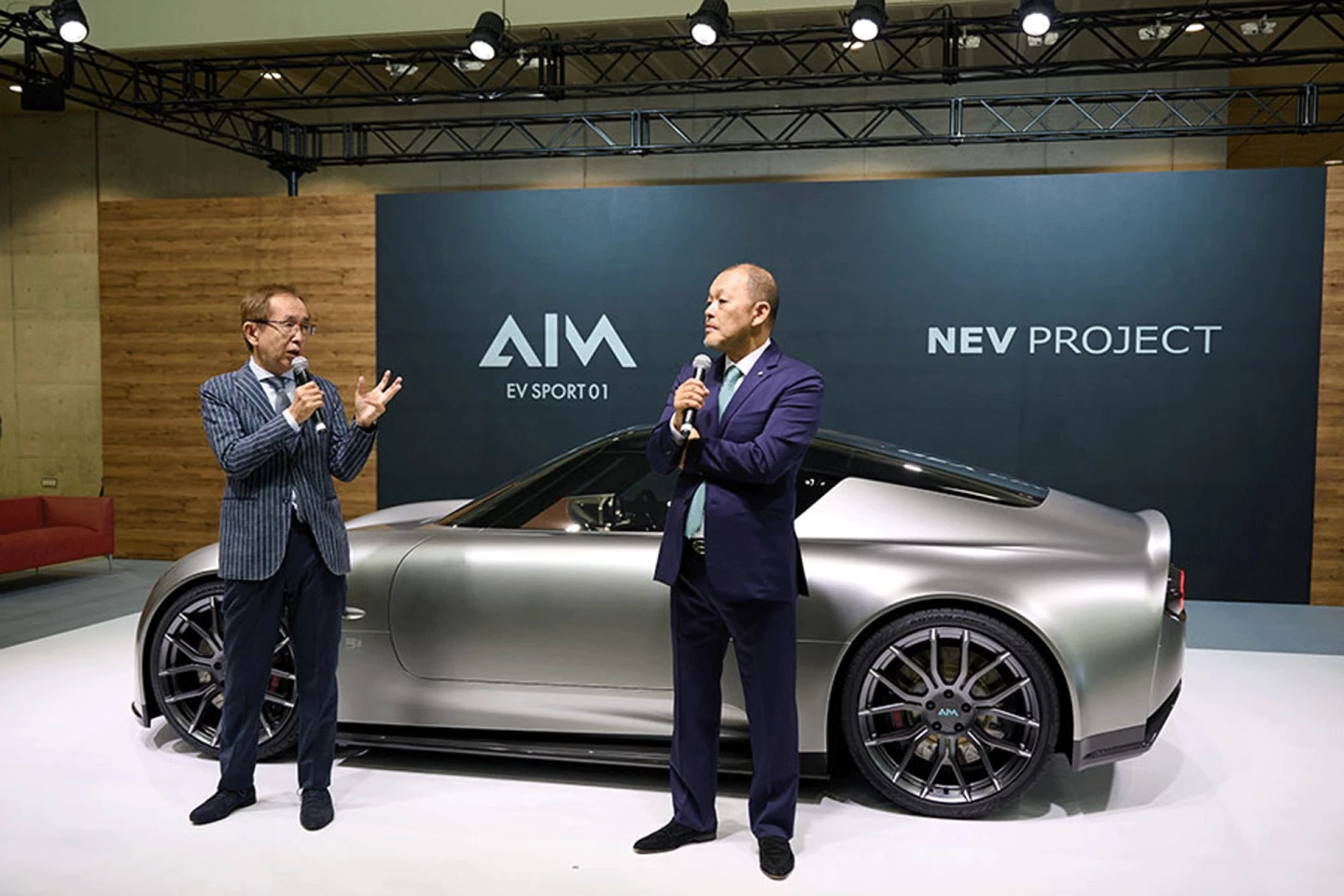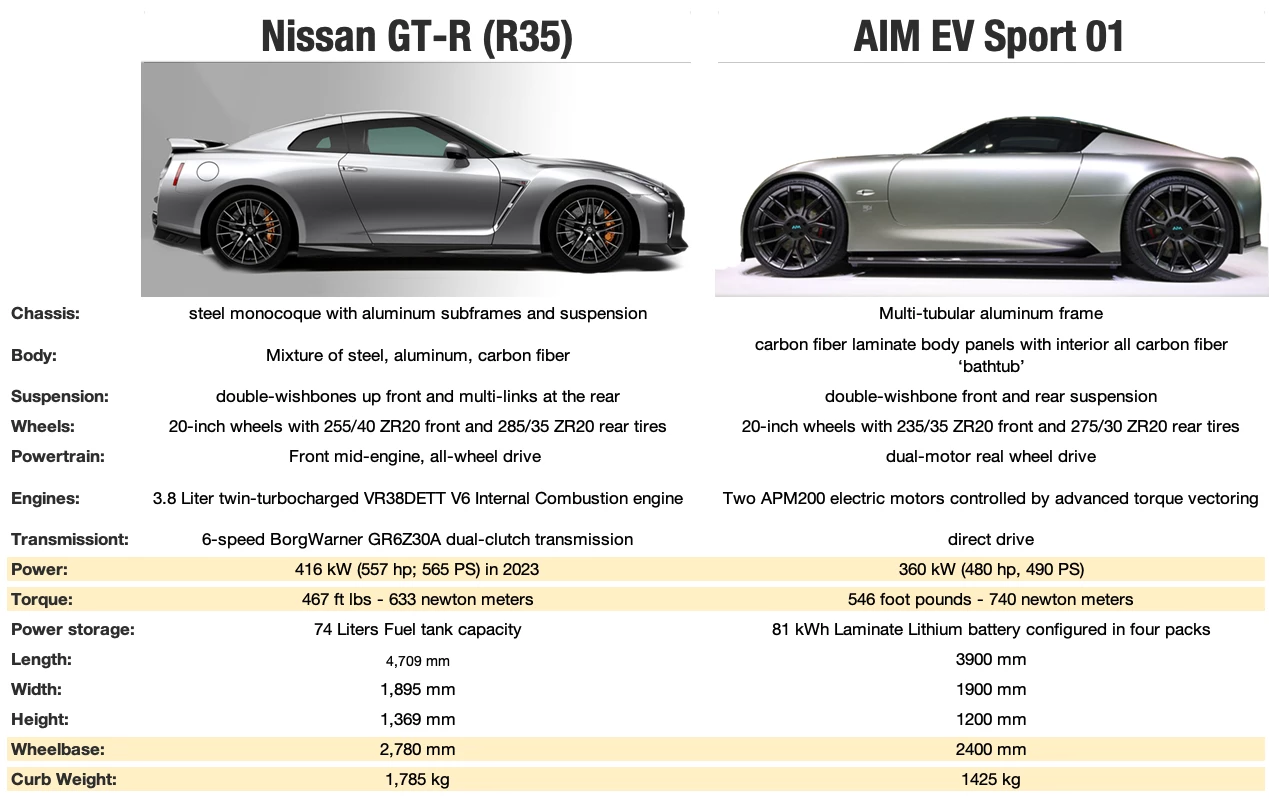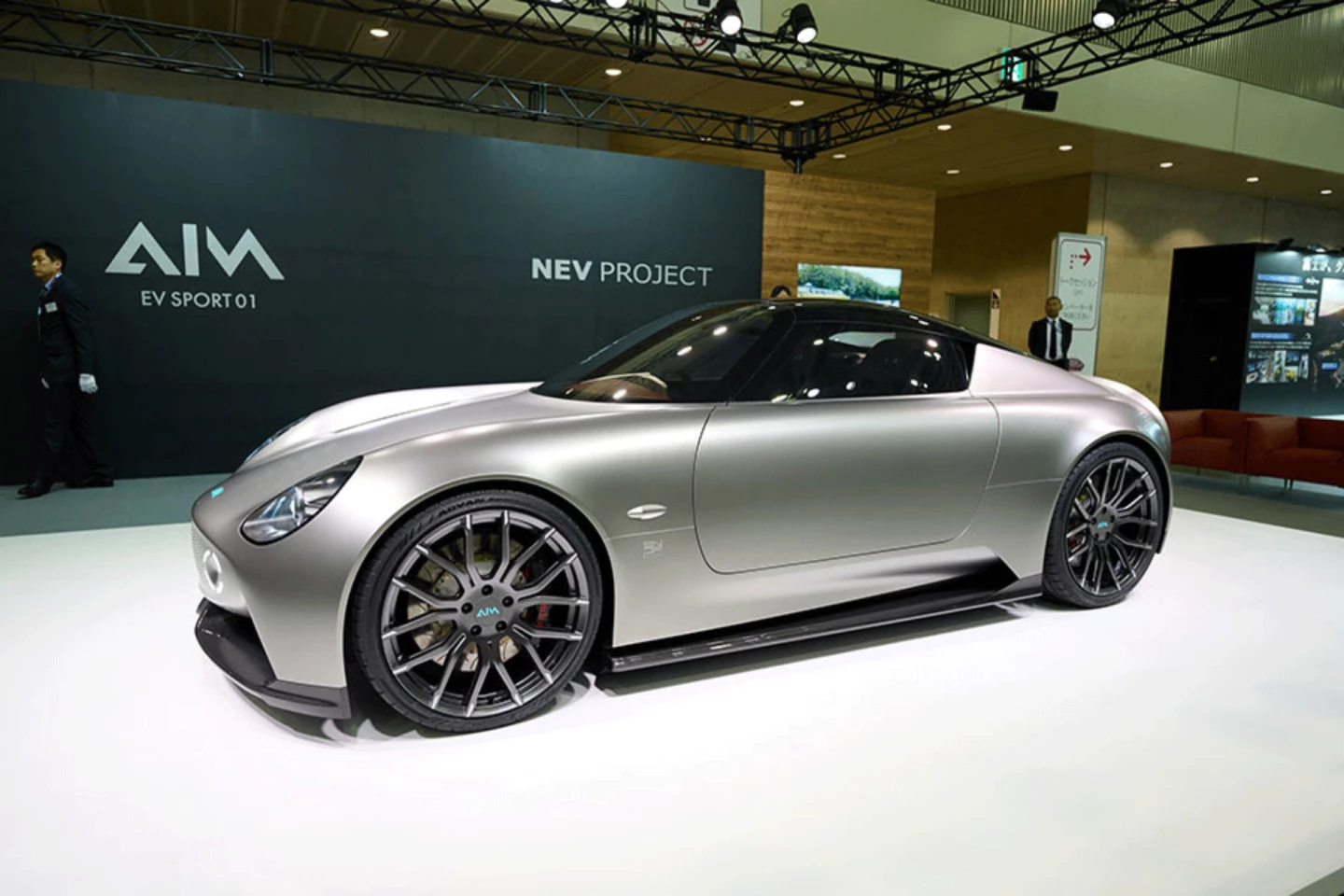One of the most refreshing and elegantly simple designs we’ve seen on an automobile in many a year, the AIM EV Sport 01 is a concept car from Japanese automotive engineering consultancy AIM, but the design work was done by legendary Japanese designer Shiro Nakamura. Nakamura may have retired from his many Chief Creative Officer roles at major manufacturers, but he still gets involved in projects that excite him via his own company SN Platform.
Shiro Nakamura was the head of design who was behind Nissan’s renaissance under Carlos Ghosn, and has served as Chief Creative Officer at Nissan, Infiniti and Datsun and had stints at a number of other major manufacturers, most notably General Motors.
His body of work most notably contains several iconic sports cars including several of Nissan’s Z-Series models (including the 350Z and 370Z), and the legendary Nissan GT-R, making him one of the heroes who helped democratize off-the-showroom-floor supercar performance for those who can't afford a Prancing Horse.

AIM President and Chief Executive Officer, Yukinori Suzuki is a personal friend of Shiro Nakamura and the pair attended the 2022 Goodwood Festival of Speed together, where the ideas that have gelled together into the AIM EV Sport 01 were first hatched.
“The vision for the AIM EV Sport 01 was fast, and enjoyable to drive, while the mainstream trend for EVs is AWD, the character of this car called for a RWD configuration," said Suzuki. "Having created our own series of advanced electric motors, the AIM EV Sport 01 is also the perfect way to showcase our expertise in advanced powertrain development."
Suzuki will be one of the participants at the Goodwood Festival of Speed next weekend, where he will drive the EV Sport 01 up the famous Goodwood hill.
Whereas bleeding-edge supercars once propagated in dozens of units per landmark model, then at most 500 units per model, the Nissan GT-R has been leaving the Nissan factory at more than 10,000 units a year for more than a decade, and though the nickname of "Godzilla" originated prior to the current R35 model, fans still use it with reverence and relevance because it is still the benchmark for millions of performance car fans across the world.

So the involvement of Shiro Nakamura in this project is highly relevant and particularly fascinating because it is an electric vehicle and it doesn't go down the same "never mind the quality, feel the width" path that every other would-be supercar maker has gone in their first iteration of using power stored as electricity.
It seems that most car makers think that everyone wants 1,000 hp under their right foot, when in actual fact, having all that horsepower makes a heavier car with lots more batteries and means robustness must be added to every single component in the car. The brakes need to be bigger and more powerful to stop more weight from faster speeds, the suspension must work harder, the tires ditto and handling gets worse with every extra kilogram of weight.
There's another factor that may not yet have come home to roost for the purveyors of 1,000-hp luxury cars and that is that 1,000 hp is terrifying to the average person, and although we'd all like to think that we're a Max Verstappen without the opportunities, 99.9% of people on the planet would pale at the experience of trying to keep a 500-hp automobile going in a straight line. Pushing a throttle with that much consequence beneath it makes tires spin and cars go sideways, and it compresses your bowel and your eyeballs and your brain.

In brief, Nakamura is proposing using the twin electric motors to offer a predictable surge of outrageous horsepower that can be mediated with software and torque vectoring to enable the average person to drive like a hero without (much) hero-like reflexes and co-ordination.
This makes much more sense than the battalion of 1,000-hp supercars that will squabble over a small marketplace while your average sportscar aficionado will graduate from their Nissan GT-R or Z-car, Toyota GR86 and Mazda Miata to a car with more power and more driveability ... like the AIM EV Sport 01.

“Designing sports cars is a complex exercise in packaging, performance and style,” said Shiro Nakamura. “We learned from the spirit of the great sports cars of the past, helped by the RWD configuration and layout. I wanted to express dynamism with sophisticated elegance through a simple, clean design. The EV Sport 01 has minimal form language and avoids exaggerated and complicated surfaces, reminiscent of the great European and Japanese sports cars of the 1960’s. Given that inspiration, it is particularly fitting we can demonstrate our car at Goodwood,” continued Shiro.

Although the AIM EV Sport 01 was developed as a concept and showcase for the capabilities of the AIM Company, early reaction to the car following its reveal at the Japanese Auto Council in April has encouraged the company to develop a feasibility study for a limited series production run.
Further, the company is continuing to invest in its own EV powertrain systems for both OEM customers and potentially for its own vehicles beyond the EV Sport 01.















